No one has been able to quite put their finger on the origins of the bitter rivalry between Falkirk and Dunfermline.
While being geographically close the bitterness in the fixture is something usually reserved for intercity rivalry.
Some think it’s down to similar-sized clubs challenging at the same level fairly regularly.
Others point to the proximity of Falkirk to the city of Dunfermline or one of the various ugly incidents to have taken place during matches.
These include the Falkirk fans’ reaction to the passing of Pars captain Norrie McCathie or the racist abuse directed at then-Bairns striker Richard Cadette – both in the nineties.
Some even point to fights breaking out in an ice rink back in the seventies.
A rivalry that has grown
Others think it may have had something to do with miners from Fife disrupting industrial action in Stirlingshire during the eighties.
“That’s an urban myth,” Dunfermline club historian Duncan Simpson tells Courier Sport as the clubs prepare to face off on Saturday afternoon.
“People try to attribute events to things that are happening.
“They, in very small ways, may have contributed to this rivalry over the years.
“If you’re looking for the origins, that’s definitely not it.
“It’s a thing that’s grown rather than being a single event happening.”
The fighting in ice rinks is a theory is new to Simpson but he is certain it is “a symptom, not the cause” since there have been fights – and a strong rivalry – predating that decade.
The reasons are many and there is no one single event that it can be traced back to.
Simpson points to the opening of the Kincardine Bridge in 1936 as an early contributing factor, that made the journey between the grounds much quicker.
‘Big clubs’
The respective size of the clubs also plays its part.
Compared to others in Scotland, Simpson says that if there was a “batting order” determined by size, both would place between eighth and 12th.
As well as some unsavoury incidents, such as those mentioned above, there have been fierce, season-long battles which have ramped up the rivalry a few more notches.
The three-way title race with Berwick Rangers in 1979 – also in the third tier – is one example.
A feud over rescheduling fixtures saw the final meeting between the sides taking place on the same night as the Scottish Cup final replay between Rangers and Hibernian.
Simpson says Scottish football attendances were at their lowest and despite the final only attracting 30,000 punters, Dunfermline’s 1-1 draw with Falkirk – which ensured promotion for the Pars behind champions Berwick – brought in just shy of 6,000.
Another title race, this time in the second tier, in 1994 had upwards of 13,000 in attendance for their final meeting of the season.
Absence makes the hatred grow stronger
Though not quite hitting those heights, the matches between the sides this season have been well attended – as well as continuing some unsavoury elements.
The atmosphere has been as red-hot as ever.
Absence certainly seems to have made the hatred grow stronger, with the only recent meeting ahead of this campaign behind closed doors during the pandemic.
“People say it’s a mystery,” says Simpson.
“Well, not really due to the close distance and two clubs who find themselves in the same league quite often.
“They have the same size of support and who’ve got probably the same ambitions and all those sorts of things.
🆕Key player still a doubt for Falkirk clash as Dunfermline boss quips ‘only the game can ruin it’
🗣️“It’s a good game to play in if you are a player, a good game to manage in and a good game to watch if you are a fan, with the atmosphere."https://t.co/HjBYmv8mDB pic.twitter.com/DnGtVfg9s9
— Craig Cairns (@craigcairns001) April 6, 2023
“It’s probably more a combination of these things rather than one specific incident.
“What breeds rivalry is when you’ve got a bit of atmosphere.”

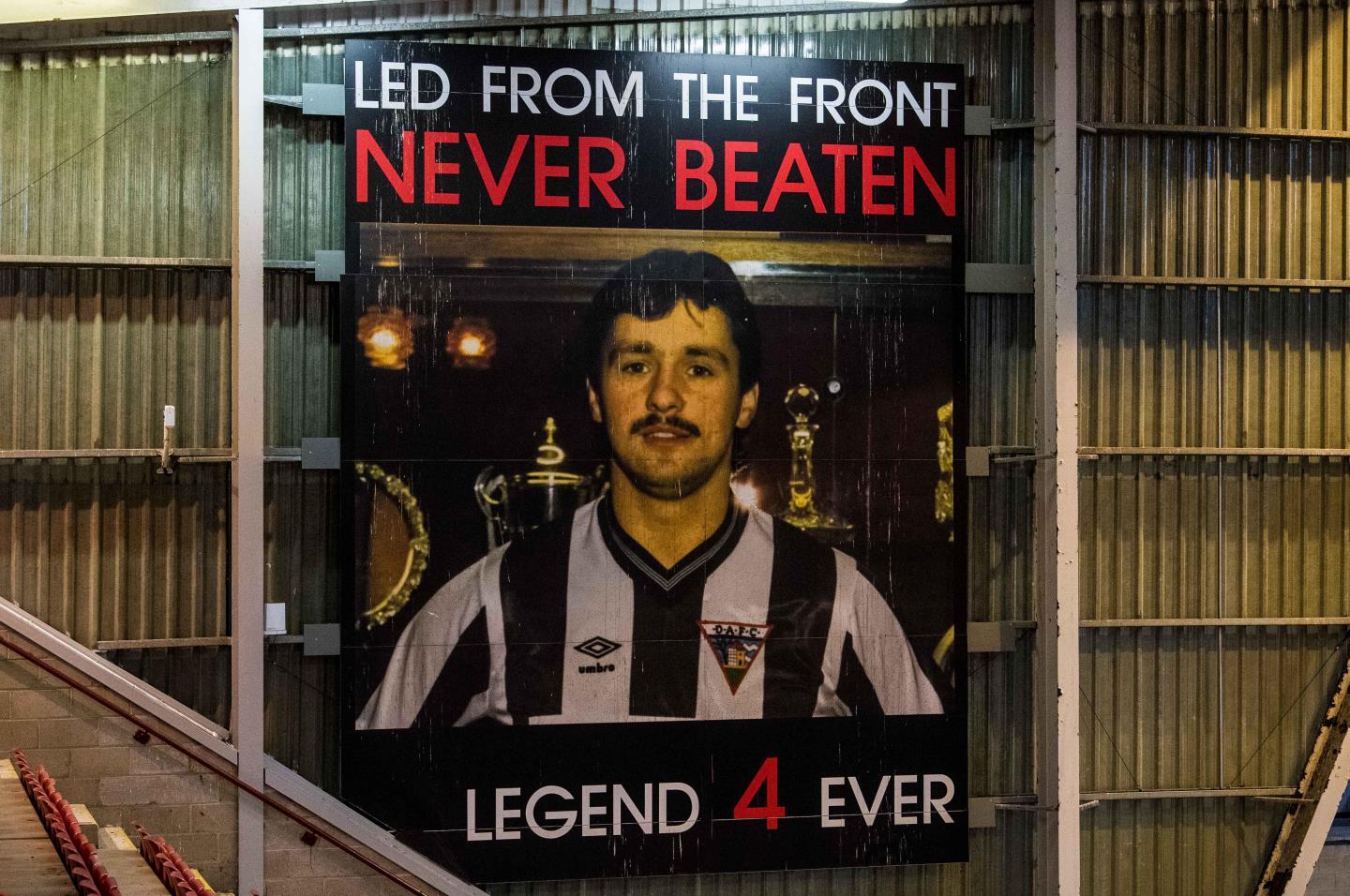
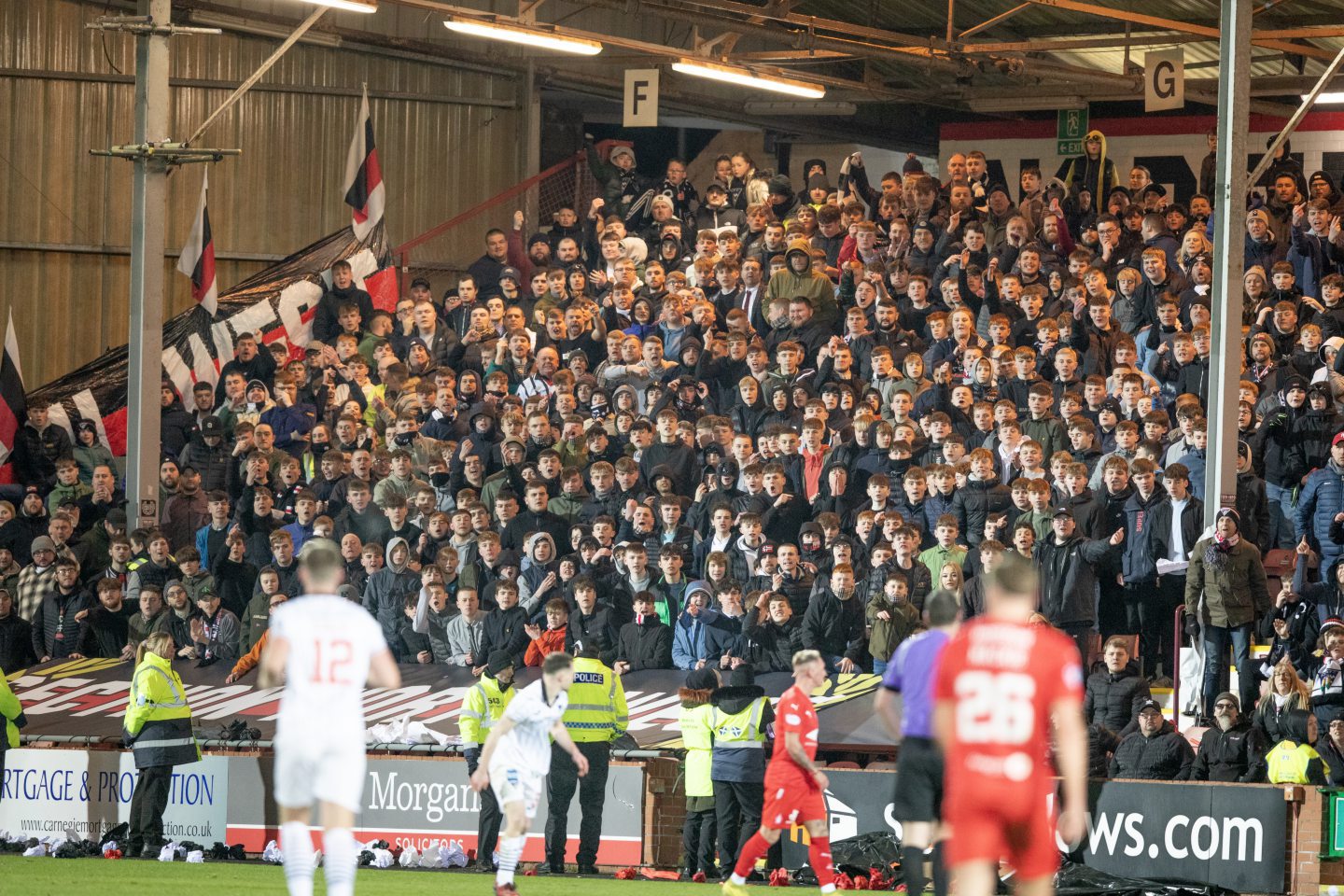
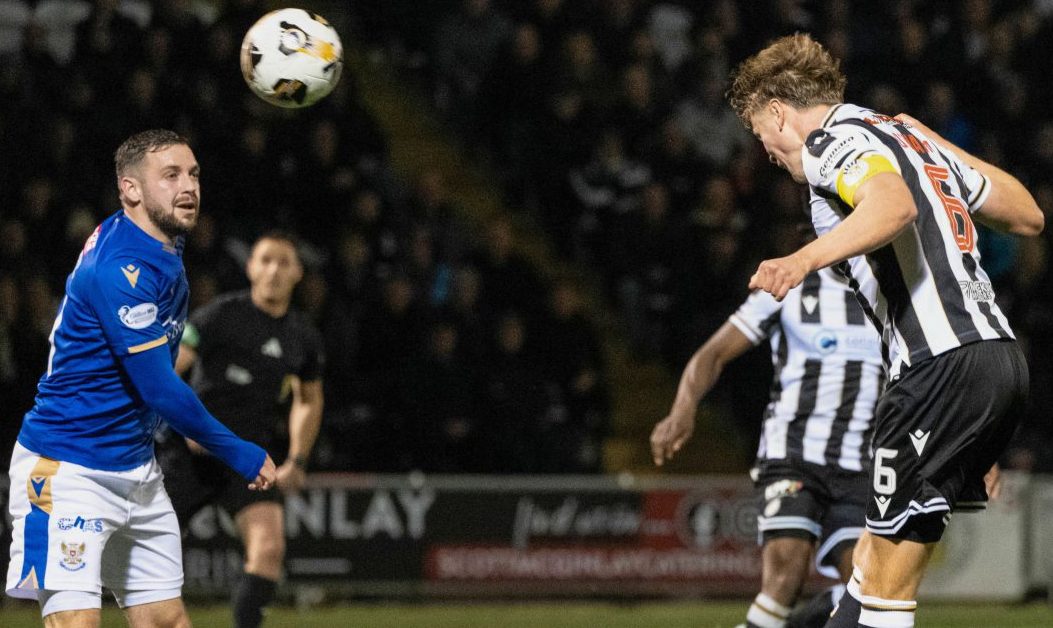

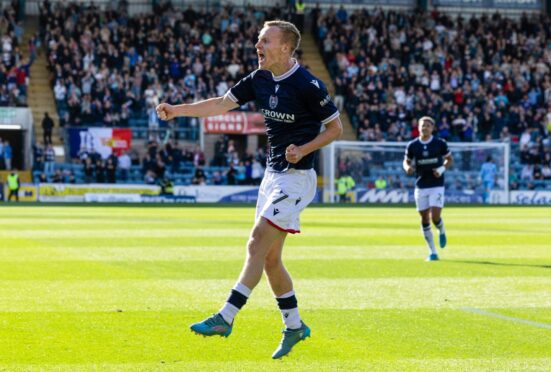





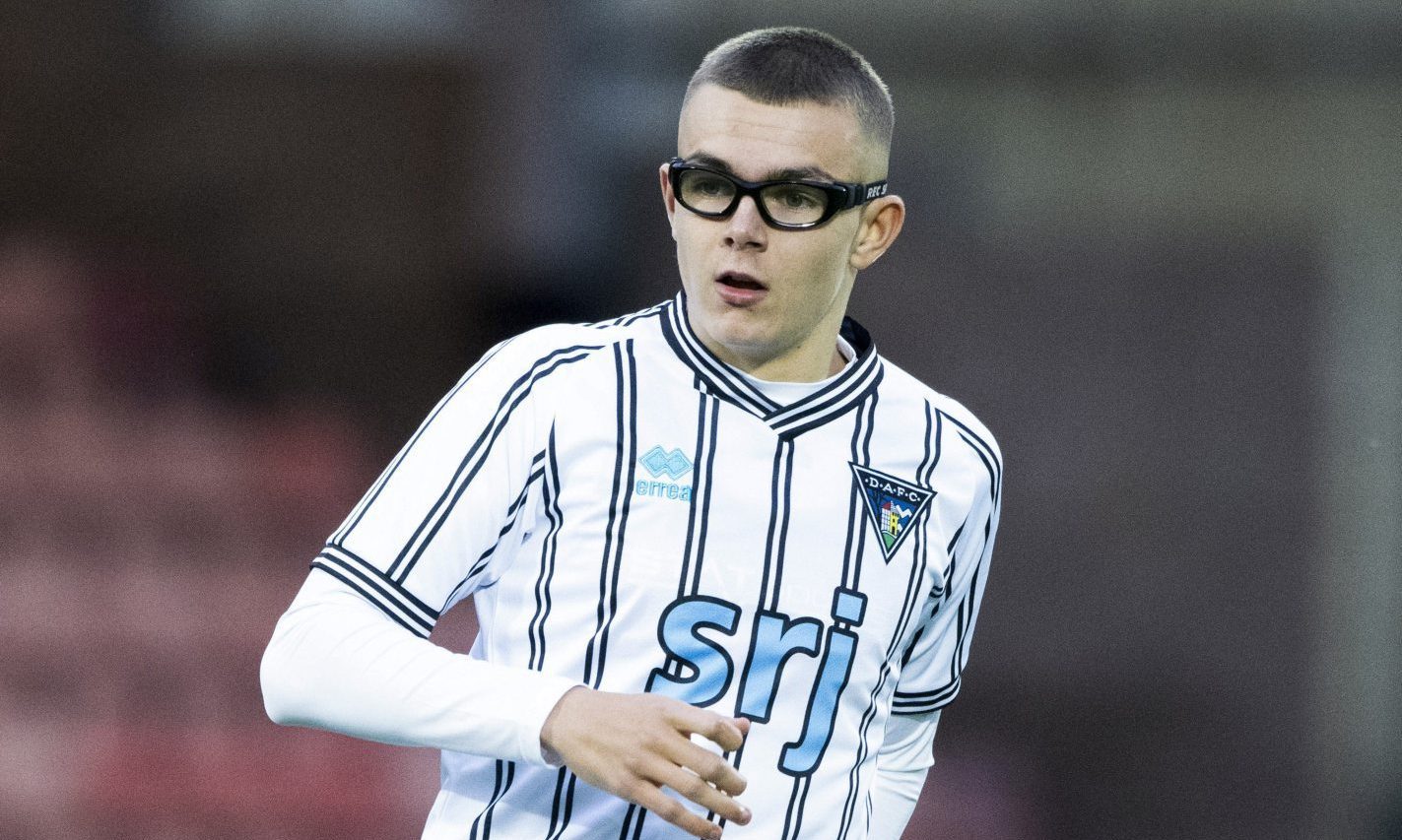
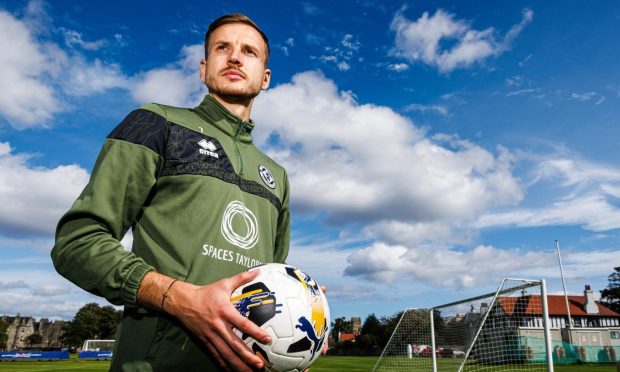
Conversation